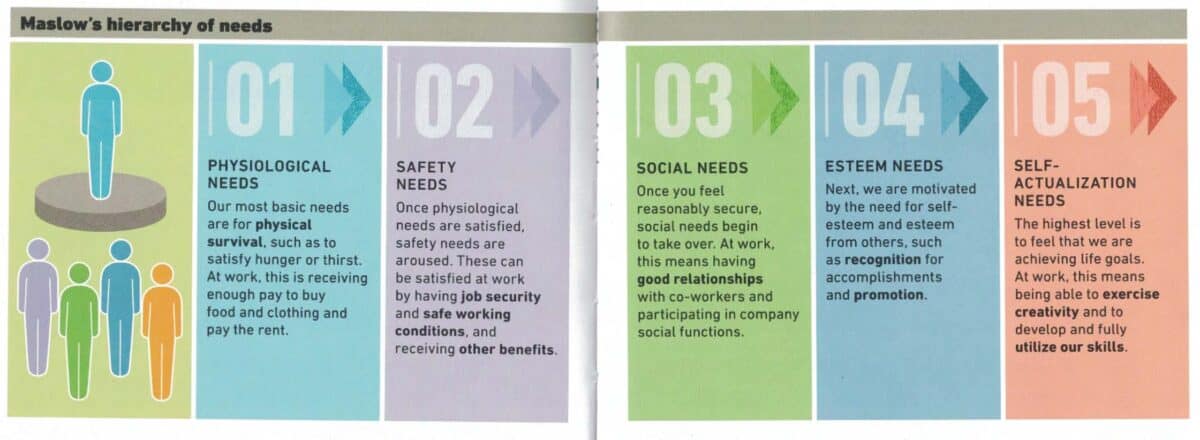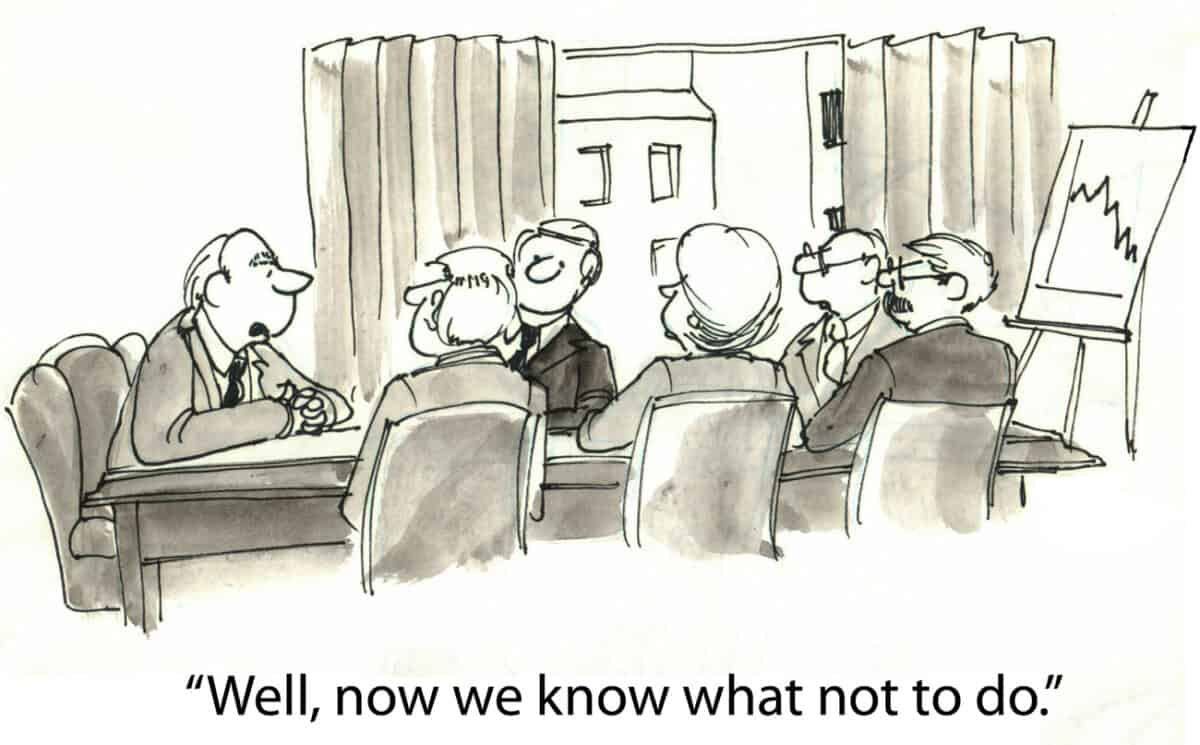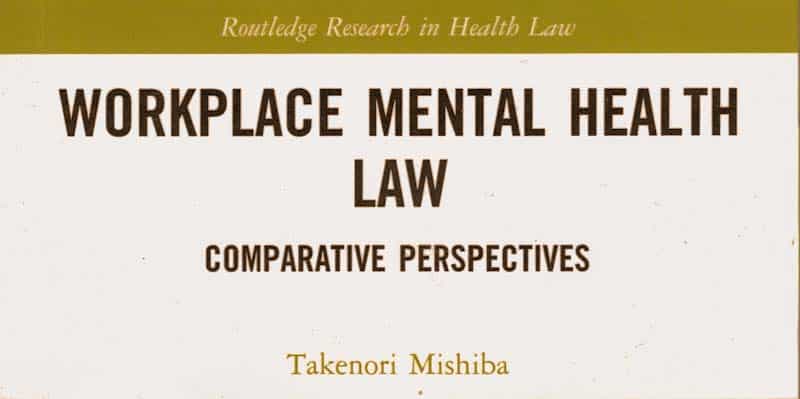“Pilgrim’s Plague” and workplace absenteeism
Last year, Sydney Australia hosted World Youth Day (WYD). In some ways Australia had not seen such a large influx of people from so many countries for a single event before. The Sydney Olympics had a high proportion of locals attending and the 1956 Melbourne Olympics never had the infrastructure to provide so many overseas … Continue reading ““Pilgrim’s Plague” and workplace absenteeism”






